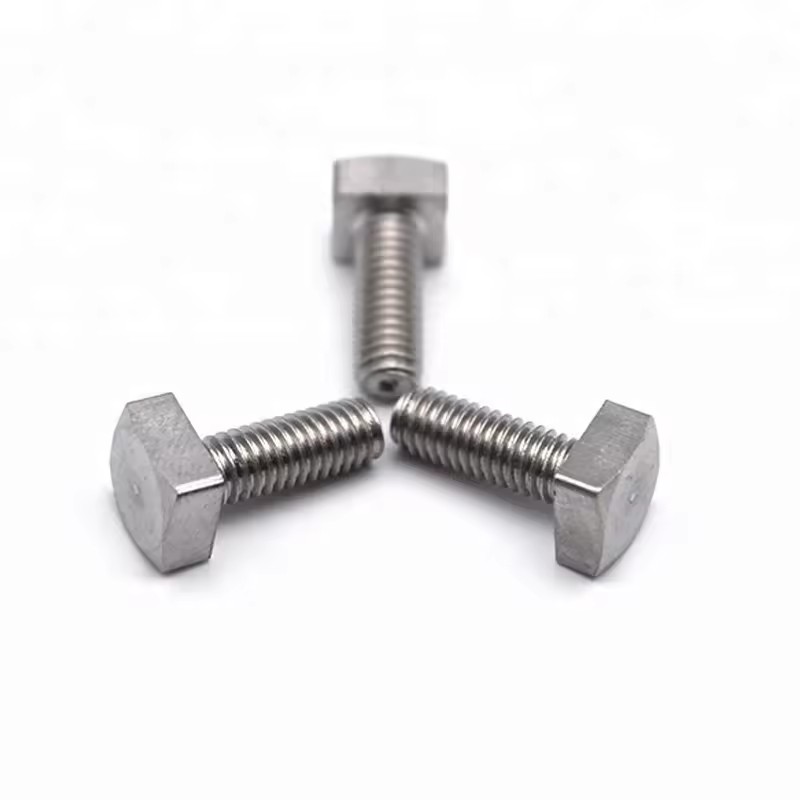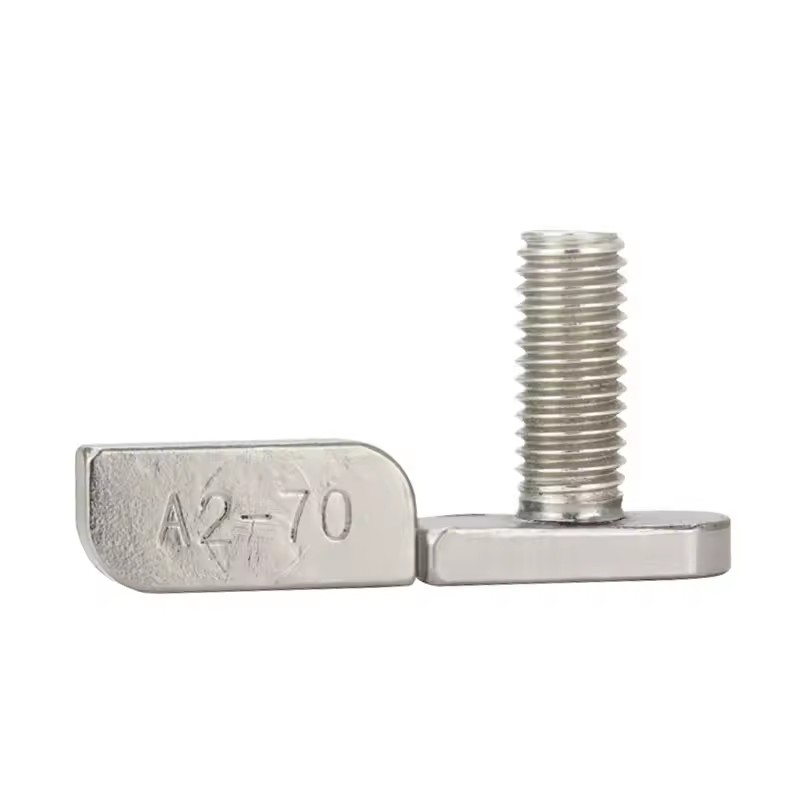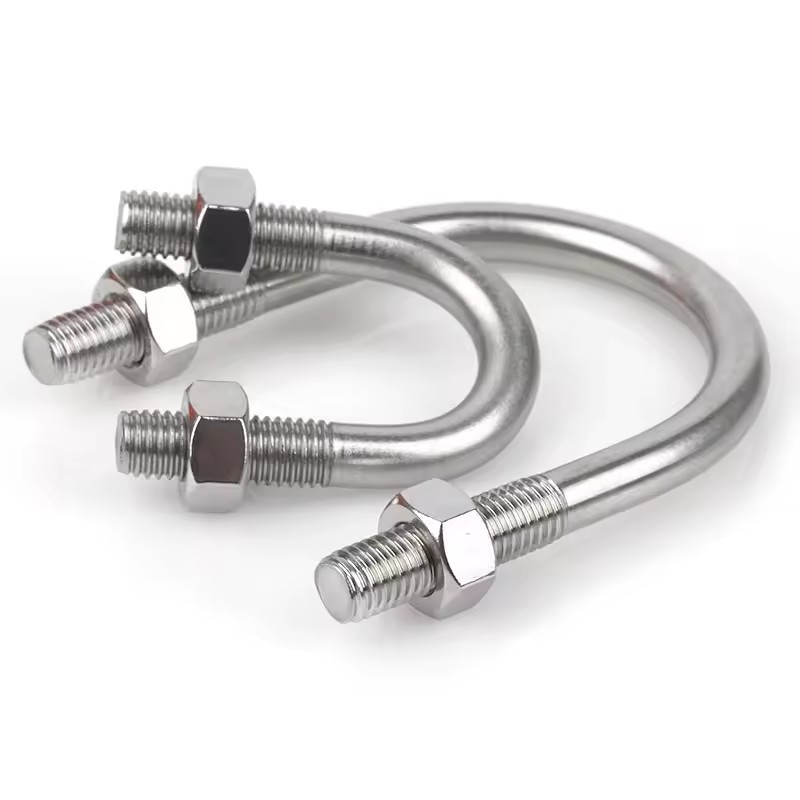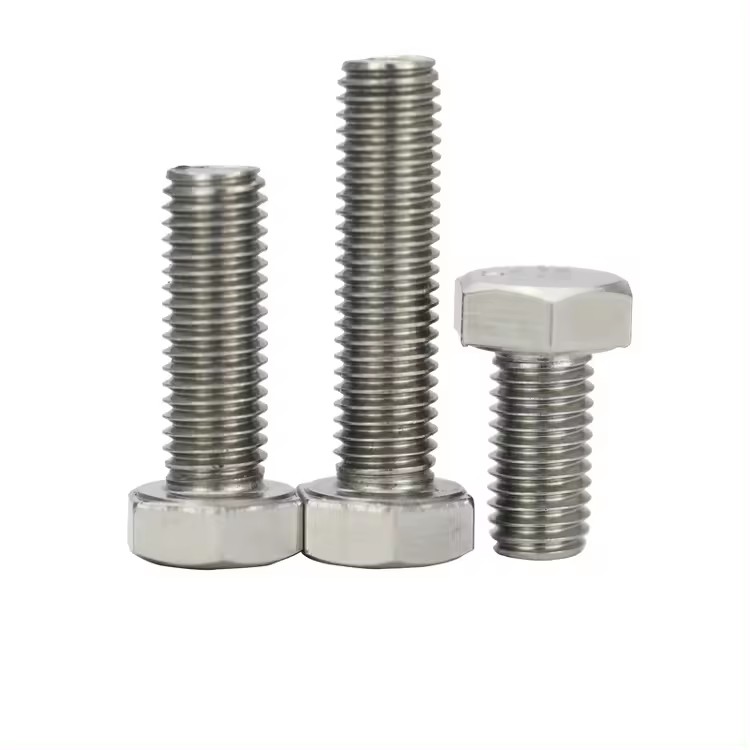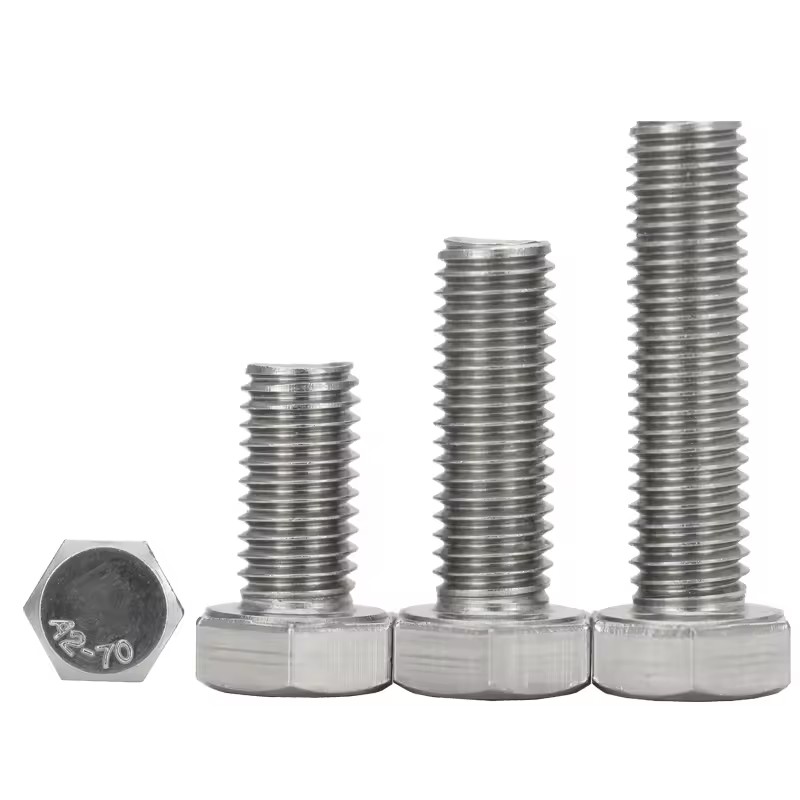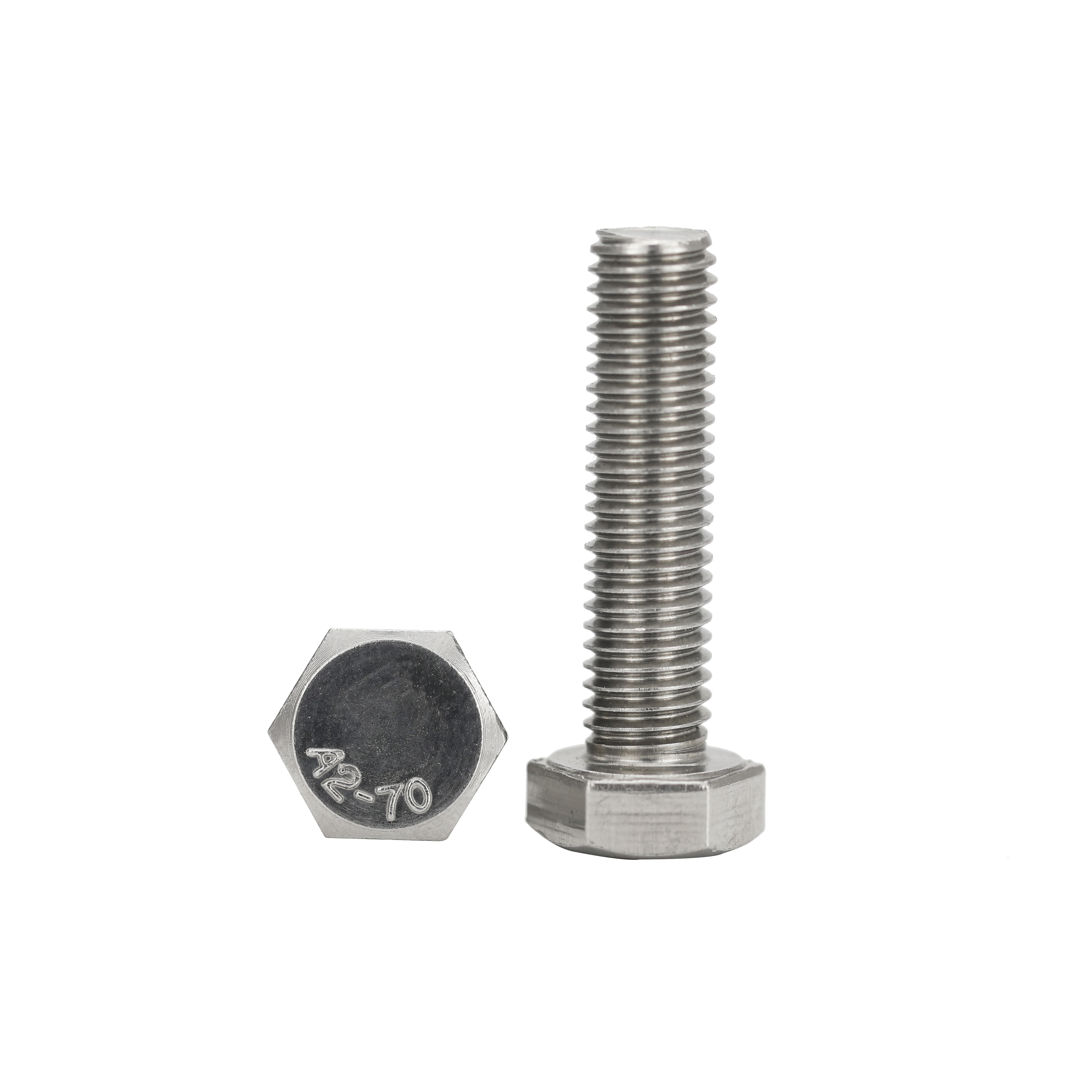Surface treatment of stainless steel screws significantly impacts their performance, mainly in the following aspects:
Corrosion Resistance:
Enhancing corrosion resistance: Surface treatments like plating, coating, and passivation create a protective layer on stainless steel screws. This protective layer effectively isolates the screw from corrosive media such as air, water, acids, and bases, thereby significantly improving its corrosion resistance. Passivation, in particular, forms a dense oxide film via chemical or electrochemical methods, not only enhancing corrosion resistance but also delaying corrosion from other substances to some extent.
Aesthetic Quality:
Improving aesthetics: Processes like mechanical polishing and electroplating make stainless steel screw surfaces smoother and more attractive, enhancing their visual appeal. This is crucial for screws used in exposed installations or as decorative components.
Connection Performance:
Strengthening connection strength: Surface-treated stainless steel screws may experience changes in surface roughness, affecting friction coefficients and interlocking capabilities with mating parts. For instance, appropriate roughness can increase friction between the screw and mating parts, improving fastening tightness and reliability. Moreover, certain surface treatments (such as special coatings) can enhance screw wear resistance, thereby extending its service life.
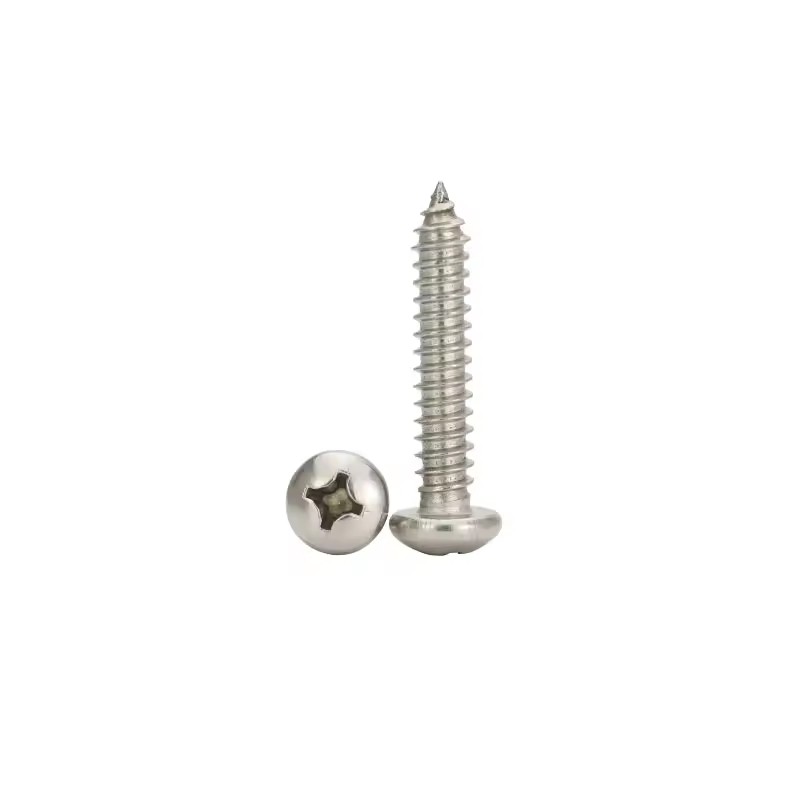
Processing and Performance:
Improving processing properties: Some surface treatments can alter the surface hardness and lubricity of stainless steel screws, influencing their machinability. For example, proper heat treatment can adjust screw hardness and toughness, making it easier to process and shape. Good lubricity reduces friction and wear during processing, enhancing efficiency and quality.
Enhancing performance: Surface treatments also improve stainless steel screws' wear resistance, impact resistance, and fatigue resistance. For instance, passivated stainless steel screws exhibit higher wear resistance during use, enduring longer periods of friction and wear. Additionally, passivation films mitigate impacts and fatigue damage to some extent.
Safety:
Reducing safety hazards: By reducing corrosion and wear through surface treatment, safety hazards arising from screw failure can be minimized. This is particularly critical in key equipment and structures such as bridges, buildings, and mechanical equipment, where the reliability of stainless steel screws directly impacts system safety and stability.
Surface treatment significantly influences the performance of stainless steel screws. When selecting surface treatment methods, it is essential to consider specific application scenarios and requirements comprehensively to ensure stainless steel screws meet usage demands and perform optimally.




